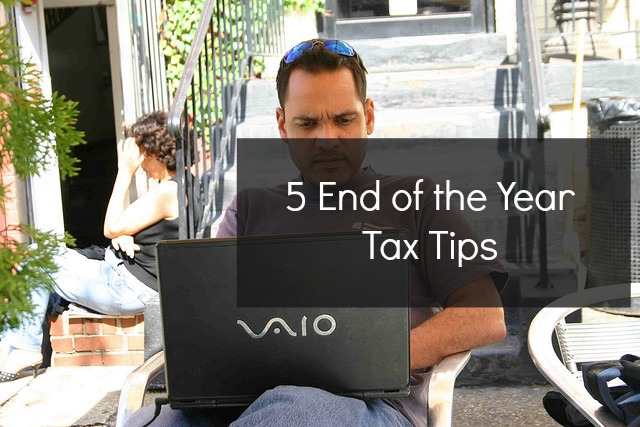**As originally posted on soulanatomy.org**
Every generation has a “monoculture” of sorts, a governing pattern or system of beliefs that people unconsciously accept as “truth.”
It’s easy to identify the monoculture of Germany in the 1930s, or America in 1776. It’s clear what people at those times, in those places, accepted to be “good” and “true” even when in reality, that was certainly not always the case.
The objectivity required to see the effects of present monoculture is very difficult to maintain (once you have so deeply accepted an idea as ‘truth’ it doesn’t register as ‘cultural’ or ‘subjective’ anymore) … but it’s crucial.
So much of our inner turmoil is simply the result of conducting a life we don’t inherently agree with, because we have accepted an inner narrative of “normal” and “ideal” without ever realizing.
The fundamentals of any given monoculture tend to surround how to live your best life, how to live a better life, and what’s most worth living for (nation, religion, self, etc.) and there are a number of ways in which our current system has us shooting ourselves in the feet as we try to step forward. Simply, there are a few fundamentals on happiness, decision making, instinct following and peace finding that we don’t seem to understand.
So here, eight of the daily behaviors and unconscious habits that are keeping you from the life you really want.
1. You believe that creating your best possible life is a matter of deciding what you want and then going after it, but in reality, you are psychologicallyincapable of being able to predict what will make you happy. Your brain can only perceive what it’s known, so when you choose what you want for the future, you’re actually just re-creating a solution or an ideal of the past. Ironically, when said ideas don’t come to fruition (things never look the way we think they will) you suffer, because you think you’ve failed, when really, you’re most likely experiencing something better than you could have chosen for yourself at the time. (Moral of the story: Living in the moment isn’t a lofty ideal reserved for the zen and enlightened, it’s the only way to live a life that isn’t infiltrated with illusions… it’s the only thing your brain can actually comprehend.)
2. You extrapolate the present moment because you believe that success is somewhere you “arrive,” so you are constantly trying to take a snapshot of your life and see if you can be happy yet. You accidentally convince yourself that any given moment is your life, when in reality, it is a moment in your life. Because we’re wired to believe that success is somewhere we get to – when goals are accomplished and things are completed – we’re constantly measuring our present moments by how “finished” they are, how good the story sounds, how someone else would judge the summary. (If at any point you find yourself thinking: “is this all there is?” you’re forgetting that everything is transitory. There is nowhere to “arrive” at. The only thing you’re rushing toward is death. Accomplishing goals is not success. How much you learn and enjoy and expand in the process of doing them is.)
3. You assume that when it comes to following your “gut instincts,” happiness is “good,” and fear and pain is “bad.” When you consider doing something that you truly love and are invested in, you are going to feel an influx of fear and pain, mostly because it will involve being vulnerable. When it comes to making decisions, you have to know that bad feelings are not deterrents. They are indicators that you want to do something, but it scares you (which are the things most worth doing, if you ask me). Not wanting to do something would make you feel indifferent about it. Fear = interest.
4. You needlessly create problems and crises in your life because you’re afraid of actually living it. The pattern of unnecessarily creating crisis in your life is actually an avoidance technique. It distracts you from actually having to be vulnerable or held accountable or whatever it is you’re afraid of. You’re never upset for the reason you think you are: at the core of your desire to create a problem is simply the fear of being who you are, and living the life you want.
5. You think that to change your beliefs, you have to adopt a new line of thinking, rather than seek experiences that make that thinking self-evident. A belief is what you know to be true because experience has made it evident to you. If you want to change your life, change your beliefs. If you want to change your beliefs, go out and have experiences that make them real to you. Not the opposite way around.
6. You think “problems” are road blocks to achieving what you want, when in reality, they are pathways.If you haven’t heard it before, Marcus Aurelius sums this up well: “The impediment to action advances action. What stands in the way becomes the way.” Ryan Holiday explains it with even greater grace and economy: “The obstacle is the way.” Simply, running into a “problem” forces you to take action to resolve it. That action leads you down the path you had ultimately intended to go anyway, as the only “problems” in your life ultimately come down to how you resist who you are and how your life naturally unfolds.
7. You think your past defines you, and worse, you think that it is an unchangeable reality, when really, your perception of it changes as you do. Because experience is always multi-dimensional, there are a variety of memories, experiences, feelings, “gists” you can choose to recall… and what you choose is indicative of your present state of mind. So many people get caught up in allowing the past to define them, or haunt them, simply because they have not evolved to the place of seeing how the past did not prevent them from achieving the life they want… it facilitated it (see: the obstacle is the way). This doesn’t mean to disregard or gloss over painful or traumatic events, but simply to be able to recall them with acceptance and to be able to place them in the storyline of your personal evolution.
8. You try to change other people, situations and things (or you just complain/get upset about them) when anger = self-recognition. Most negative emotional reactions are you identifying a disassociated aspect of yourself. Your “shadow selves” are the parts of you that, at some point, you were conditioned to believe were “not okay,” so you suppressed them and have done everything in your power not to acknowledge them. You don’t actually dislike these parts of yourself, though, you absolutely love them. So when you see somebody else displaying one of these traits, it absolutely infuriates you, not because you inherently dislike it, but because you have to fight your desire to fully integrate it into your whole consciousness. The things you love about others are the things you love about yourself. The things you hate about others are the things you cannot see in yourself.
Photography: Nathan Congleton
Author- Brianna Wiest









